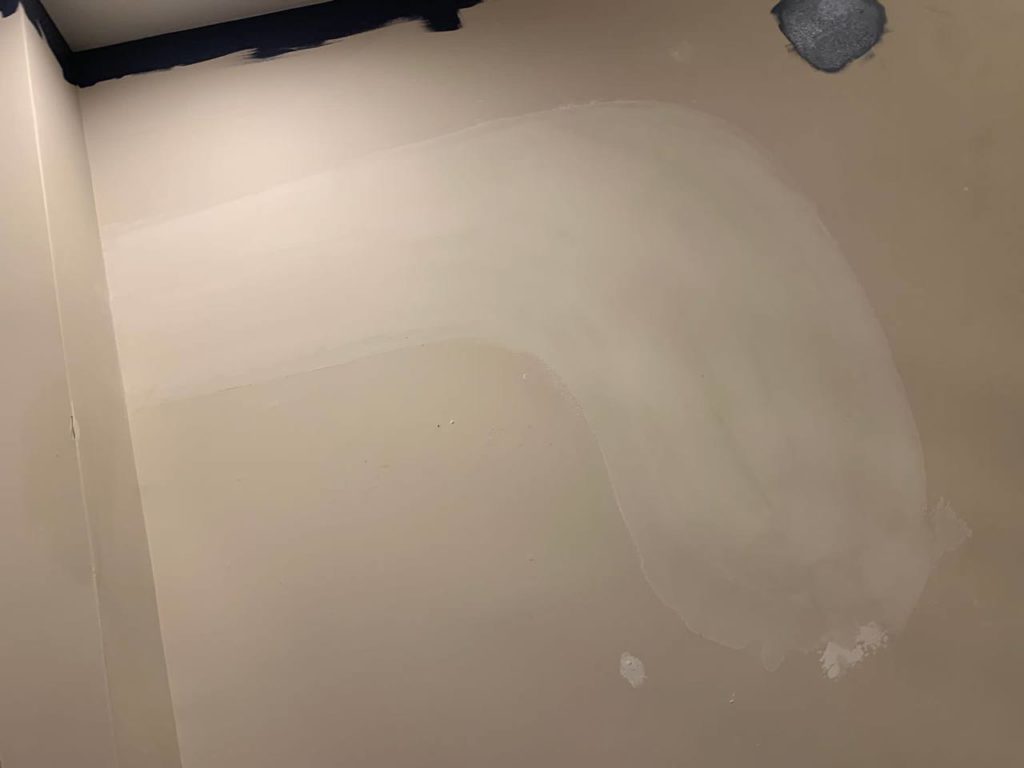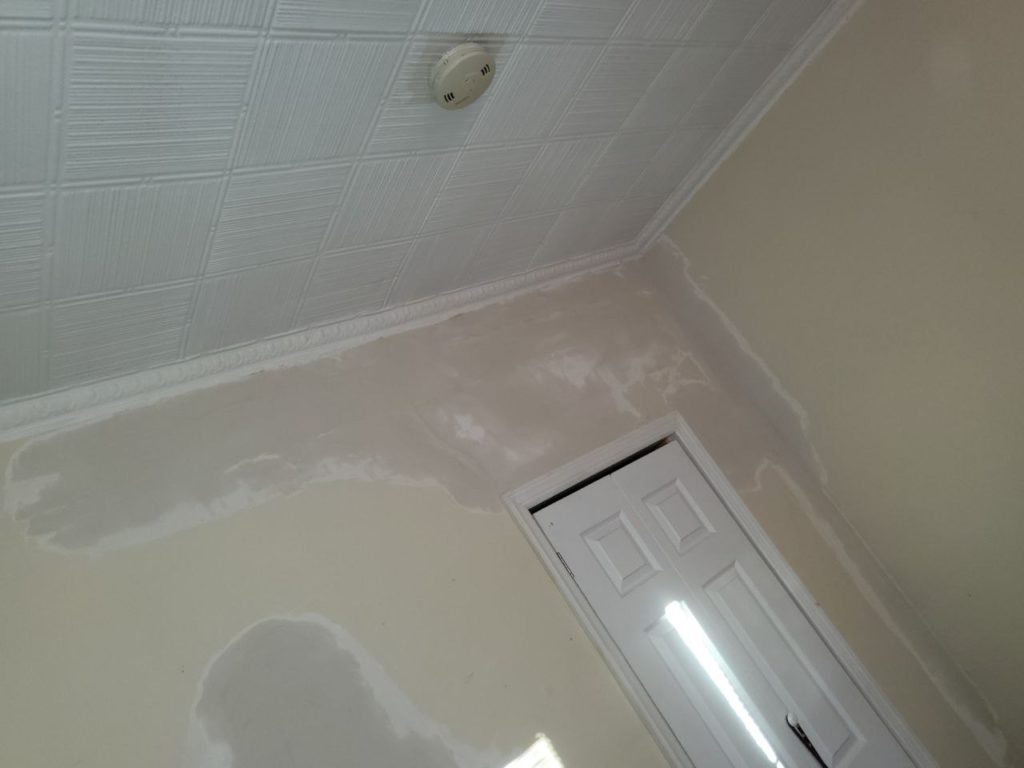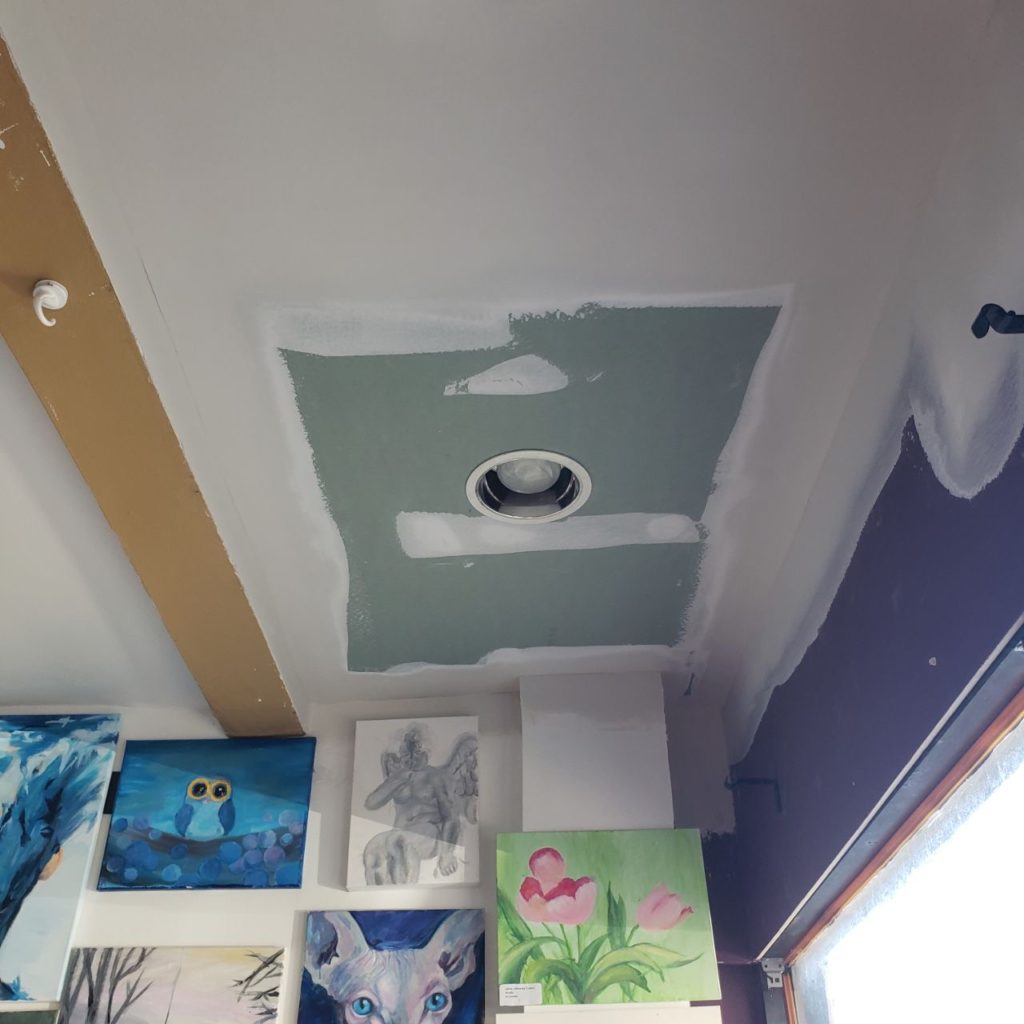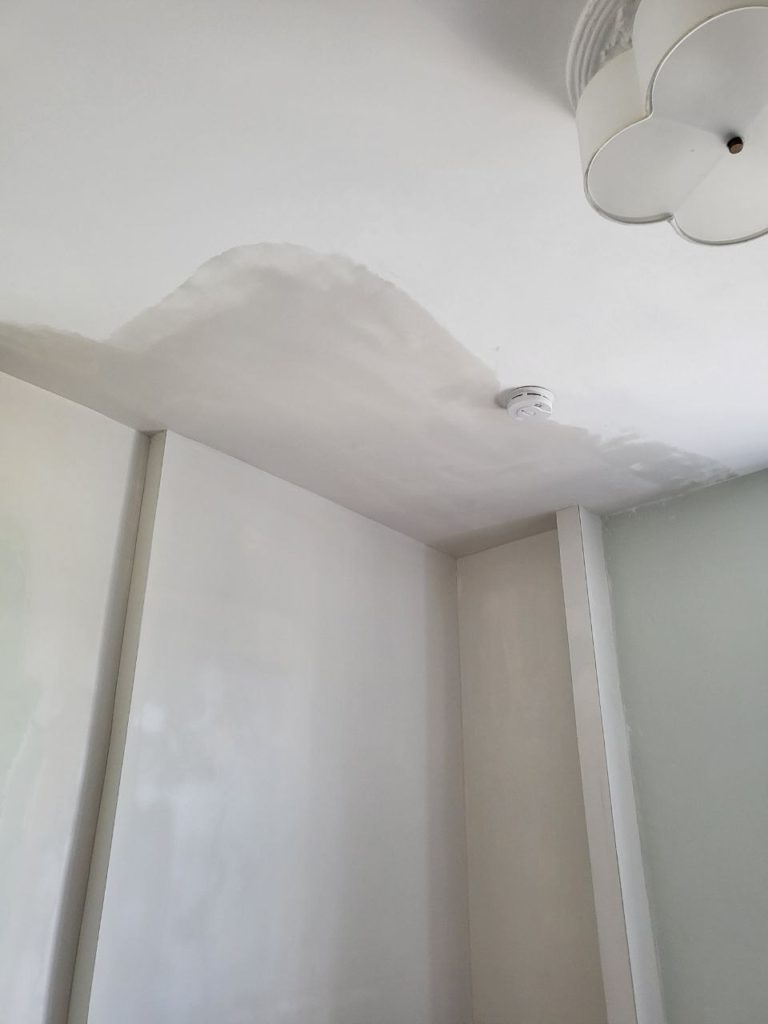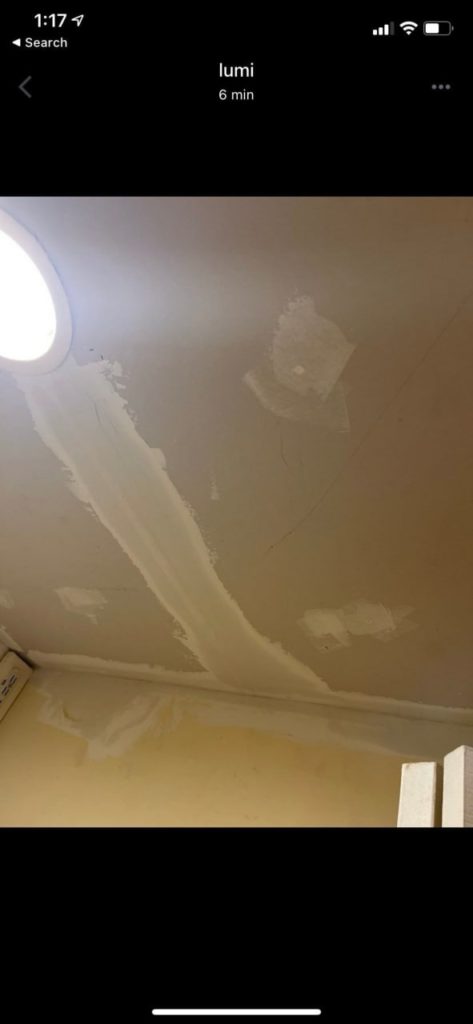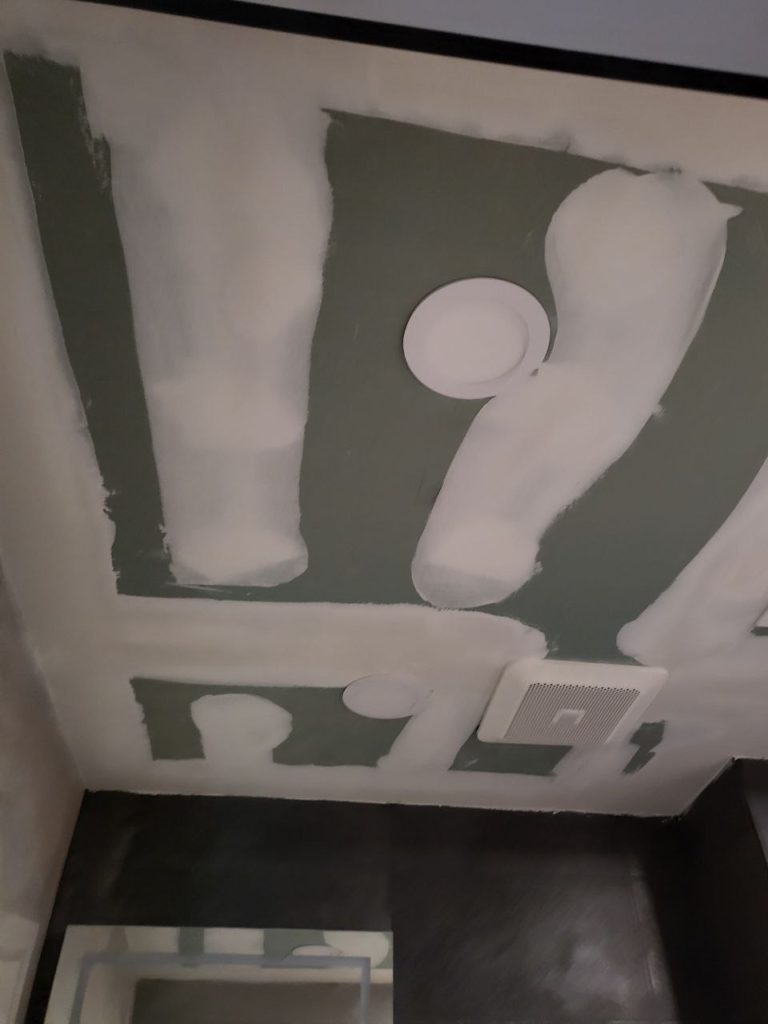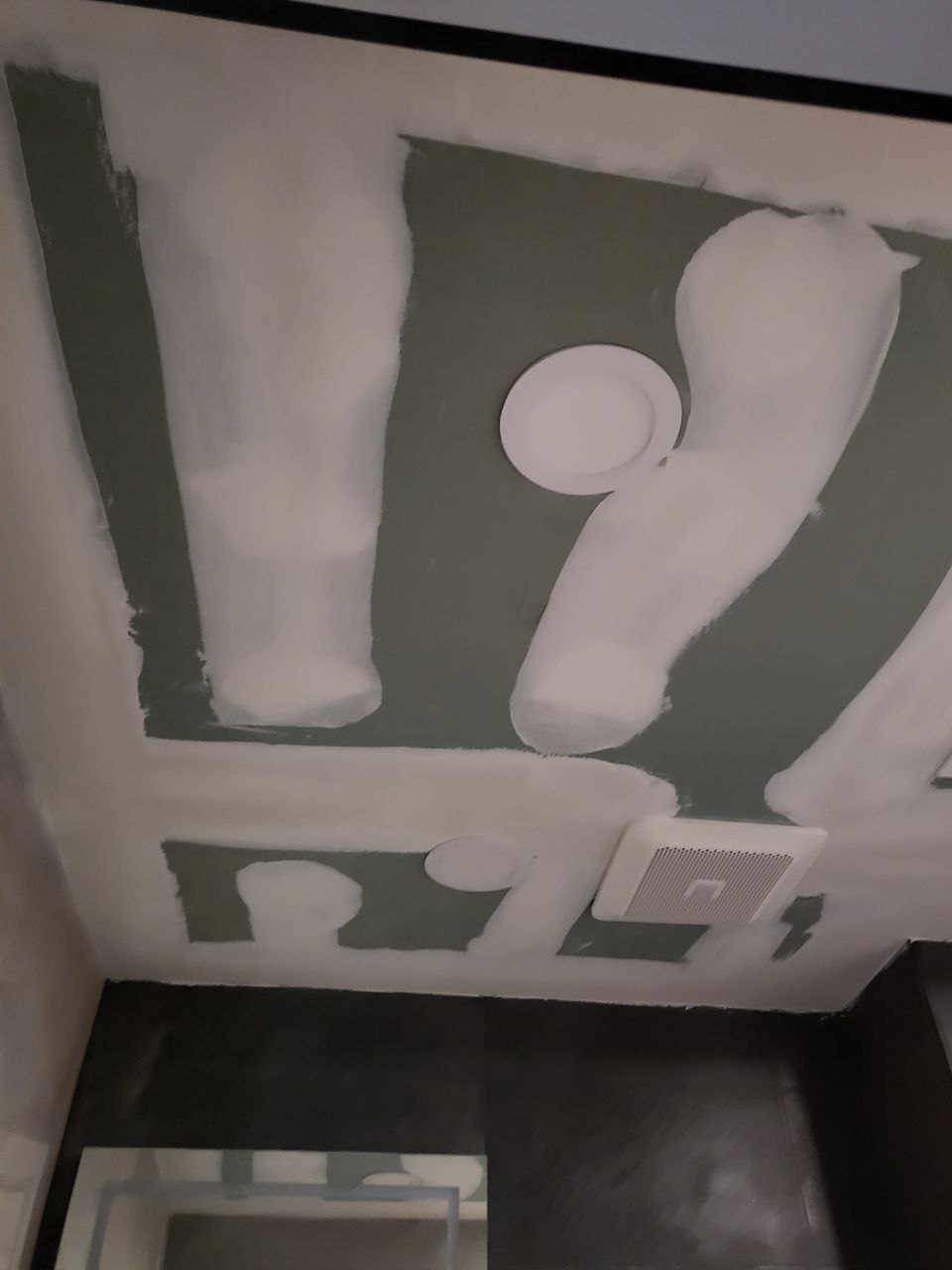

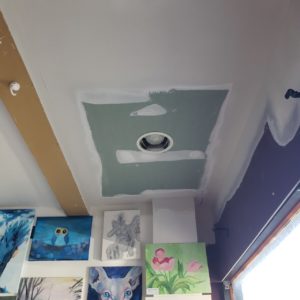 Everything to Know about wall Spackling
Everything to Know about wall Spackling
Spackle is a gypsum powder paste used by drywallers to fix cracks and holes in walls. It’s frequently used to repair damage caused by hung-on artwork, shelving, or other items. Spackling paste has a clay-like texture and is simple to use. It can be smoothed out to make a flat, even wall surface.
When Would You Need Spackling Services?
There are several situations where you might need spackling services.
- Before you begin painting, make sure the wall surface is smooth and free of cracks or holes. Spackling is ideal for filling in any cracks in your wall surface.
- If you’re patching a hole in your wall, you’ll need to first install a drywall piece before attaching it to the wall with drywall tape. Then, use spackle, level off the tape, and produce a flat surface.
- If there is a crack in your wall, you’ll have to open it up and fill it with spackle. Once the spackle is applied, smooth it off using more spackle to produce a smooth finish.
- While putting new sheetrock sheets, use spackle to fill up the spaces between each board.
Benefits of Spackling
Smooth and even walls
Spackling aids in the creation of a smooth and even surface on house walls. Make sure that your finished wall surface seems professional and polished. Spackling can also help your walls last longer by filling in any cracks or gaps that could cause more damage.
Range of Textures
Another advantage of spackling is that it’s able to be used to create a variety of textures on your wall. With various tools and techniques, you may achieve a variety of textures, from a flawless finish to a more rough, rustic appearance.
Cost Effective
Spackling is also an affordable way to repair minor damage to your walls. Spackle can be used to fill in tiny cracks and holes instead of replacing whole areas of drywall or plaster. This might help you save time and money on your remodel at home. How to Spackle a Wall
The following are the steps for spackling a wall:
- Select the appropriate spackle product for the size of the hole to be repaired. Use pre-mixed spackle for minor holes. For bigger holes, use an acrylic-containing spackle.
- Remove any dust or dirt from the area around the hole using a dampened cloth or sponge. Before applying the spackle, make sure the area is completely dry.
- Apply the spackle to the hole with a putty knife. Fill the hole with a spackle by holding the knife at a slight angle and using downward strokes. Use just enough spackle to fill the hole without overflowing onto the surrounding wall.
- When you’ve applied spackle to the repair area, use the putty knife to scrape away any extra product, making sure the surface is flat and even.
- Let the spackle dry thoroughly per the manufacturer’s instructions. Often, this takes many hours or overnight.
- After the spackle has been set, inspect the repair and, if required, add another coat of spackle. If you need to apply another layer, let it completely dry before sanding.
- Fine-grit sandpaper should be used to smooth and even out the mended area. Lastly, wipe any dust or remaining product.
Choosing a Spackling Service
If you’re looking for a spackling service in North New Jersey, Quick Sidekick is a great option. Quick Sidekick provides spackling services such as patching holes and cracks, smoothing out walls, and filling gaps between sheetrock sheets. They also provide painting and wallpapering services, so you can get all of your wall restorations needs meeting in one location.
Contact us to get a quotation today!

